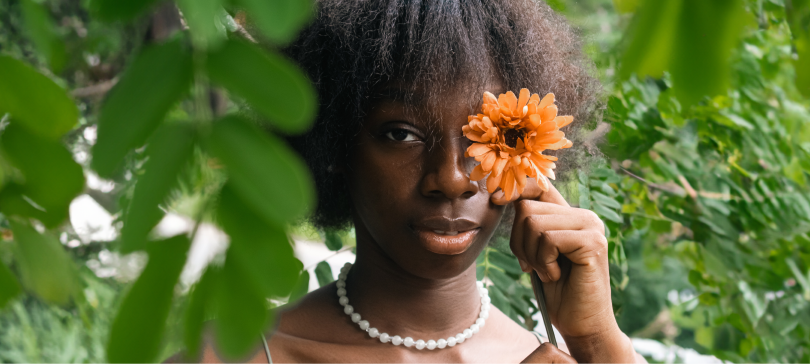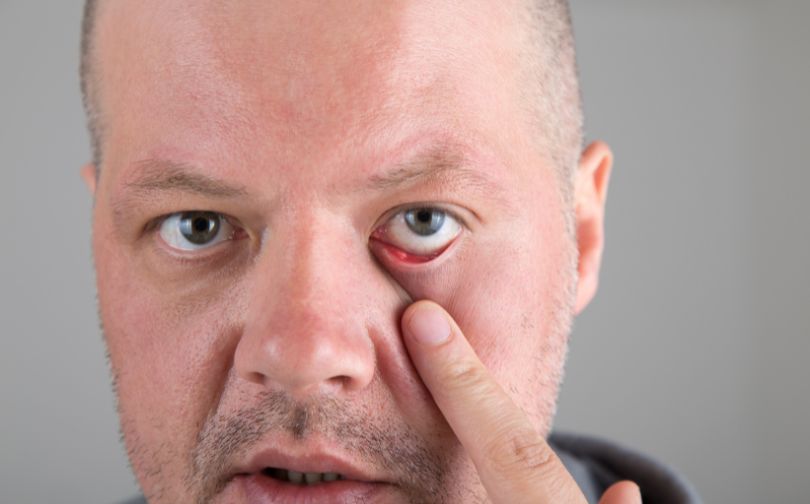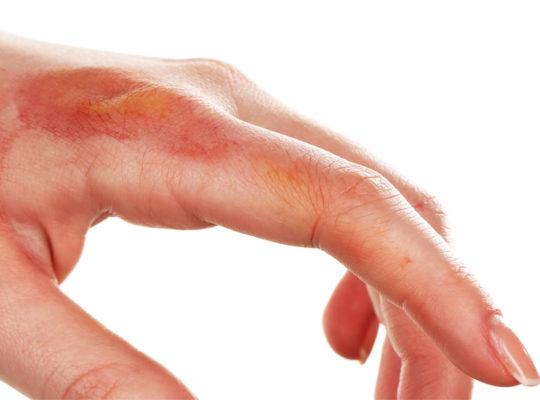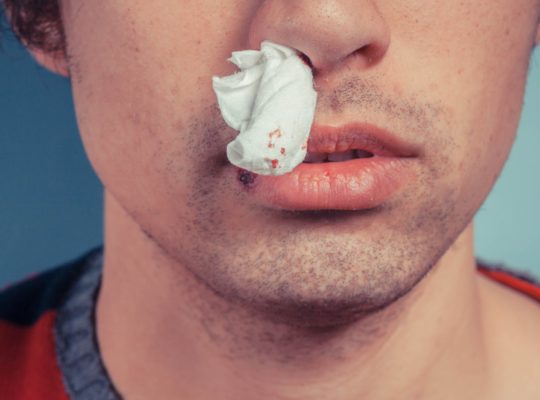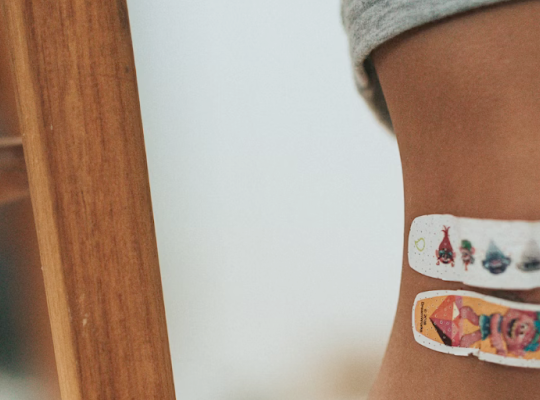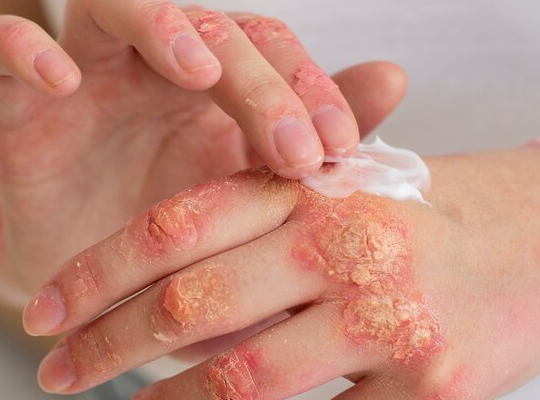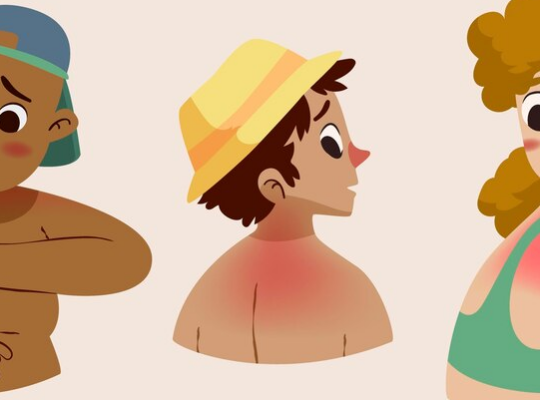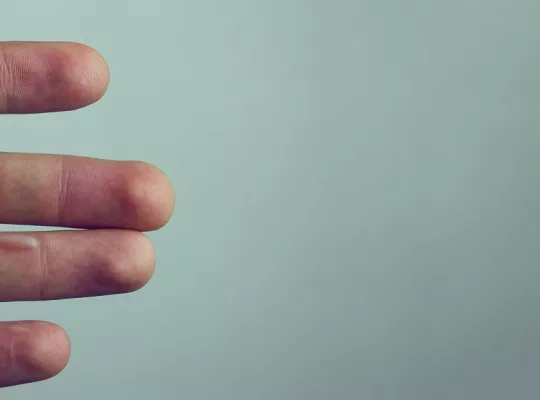Dealing with a stye on the eye can be both painful and frustrating. This common condition often causes redness, swelling, and discomfort, making it hard to focus on daily activities. Many people experience sensitivity to light and a persistent, irritating sensation in the affected area.
A stye typically develops due to a bacterial infection in one of the oil glands near the eyelash. In fact, studies show that most styes are caused by Staphylococcus bacteria, which can be found on the skin.
Finding relief quickly is essential, especially when the discomfort disrupts your routine. But what’s the best approach to treating a stye?
In this guide, we’ll explore effective treatments that can alleviate pain, reduce swelling, and speed up recovery. Whether you’re looking for at-home remedies or professional options, we’ll cover everything you need to know to get back to feeling your best.
Causes and Symptoms of a Stye on the Eye
We have a bunch of small oil glands around our eyes that keep them from drying out. However, these glands sometimes get clogged with dirt, debris, or excess oil, creating an unfortunately ideal environment for bacterial growth. This bacteria can come from foreign objects as well as natural ones. People who regularly use eye makeup may be as prone to styles as those with skin conditions like rosacea.
As the infection progresses, the eyelids become inflamed, red, swollen, and tender as a small bump forms. Styes can develop both outside the eyelid (known as external) and within the gland (internal). They tend to appear quickly (usually overnight), unlike other eyelid pathologies such as a chalazion, a red bump that appears on the inside of the eyelid and surfaces more gradually.
The primary symptoms of a stye include:
- Pain and discomfort: The affected eyelid area is tender to the touch. It hurts even to blink.
- Redness and swelling: The eyelid becomes visibly red and swollen due to inflammation.
- A bump or pimple-like formation: A small, yellowish bump resembling a pimple appears along the edge of the eyelid.
- Watering of the eye: Excessive tearing or watering of the eye may occur due to irritation caused by the stye.
- Sensitivity to light: Some individuals may experience increased sensitivity to light due to inflammation.
Treatment and Management
Most styes will resolve independently within a few days to a week. There are several steps that individuals can take to manage symptoms and promote faster healing.
- Warm Compresses: Applying a warm compress to the affected area several times a day can help reduce pain and promote drainage of the blocked gland. Soak a clean washcloth in warm water and gently press it against the closed eyelid for 10-15 minutes, around 3 to 4 times a day. Make sure the water is not too hot to avoid burns.
- Water-Free Warm Compresses: You can also use microwavable heating pads if you’d rather not deal with water, which can sometimes be messy. If you don’t have a heating pad handy, you can get creative with items around the house. Fill a clean sock with rice, secure the opening, and heat it in the microwave. Apply it just as you would a water-based warm compress.
- Maintain Good Hygiene: Keeping the eyelids and surrounding area clean is essential to prevent further bacterial growth. Use a mild, tear-free cleanser or baby shampoo to cleanse the eyelids daily, using a clean cotton ball or pad.
- Avoid Squeezing: It may be tempting to squeeze or pop the stye, but this can worsen the infection and spread bacteria. Avoid touching or attempting to drain the stye on your own. If a stye reaches the point where it needs draining, only a trained medical professional in a sterile environment should do this.
- Over-the-Counter Pain Relievers: Non-prescription pain relievers such as ibuprofen or acetaminophen can help alleviate discomfort and reduce inflammation.
- Maintain Proper Contact Lens Hygiene: If you wear contact lenses, consider switching to glasses until the stye has healed. If you continue to wear contacts, ensure you follow proper hygiene practices, such as washing your hands thoroughly before handling them.
- Avoid Irritants: Discontinue using eye makeup and heavily fragranced soaps and lotions to avoid any more blockages and irritation.
When to Consult a Healthcare Professional?
If the style hasn’t improved within about a week and it’s causing severe pain, it’s time to consult a doctor. They can provide appropriate medical guidance, including prescriptions for more potent antibiotics, steroid ointments, or eye drops.
How to Prevent Styes?
While styes can occur spontaneously, there are a few steps individuals can take to reduce the risk of developing them.
- Maintain Proper Eye Hygiene: Cleanse your eyelids regularly with a mild cleanser or baby shampoo to prevent dirt, oil, and bacteria buildup.
- Avoid Touching Your Eyes: Touching your eyes with unwashed hands can introduce bacteria and increase the risk of infection.
- Remove Makeup Before Bed: Ensure you remove all eye makeup before bed to prevent clogged oil glands.
- Avoid Sharing Personal Items: Sharing items like towels, washcloths, or eye makeup can transfer bacteria and increase the risk of infection.
- Manage Stress: High-stress levels can weaken the immune system and increase infection susceptibility. Engaging in stress-reduction techniques, exercise, or calming activities may help.
- Research Eye Masks: If you’re susceptible to recurring styes, look into multiuse eye masks that can help prevent future styles or treat active styes.
Conclusion
Understanding how to address a stye effectively can significantly enhance the well-being of your eyes. By implementing the right treatments for you, upholding proper hygiene, and talking to your doctor when needed, you can heal your stye faster and feel better quicker.
FAQs
Can I Pop a Stye to Make It Heal Faster?
No, you should never pop a stye. Attempting to pop it can spread the infection, worsening the condition and potentially infecting other areas of the eye. Instead, allow it to drain naturally by applying warm compresses regularly for relief and quicker healing.
How Long Does It Take for a Stye to Go Away?
A typical stye resolves on its own within 1-2 weeks. Applying warm compresses can aid in reducing discomfort and speeding up the healing process. However, if the stye persists beyond this period, consulting a doctor is recommended.
Can I Wear Contact Lenses or Makeup While I Have a Stye?
It’s best to avoid wearing contact lenses and makeup until the stye completely heals. Contact lenses can carry bacteria, potentially worsening the infection, while makeup can further irritate the area and delay the healing process.
Are There Any Over-the-Counter Treatments for a Stye?
Yes, over-the-counter treatments, such as antibiotic ointments or eye drops, may help with the infection. However, these should only be used under medical guidance, especially if home remedies aren’t effective in providing relief.

